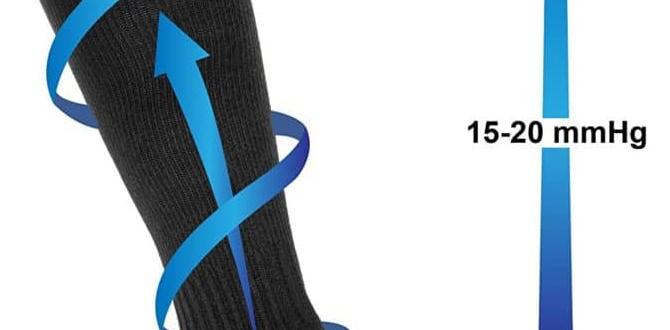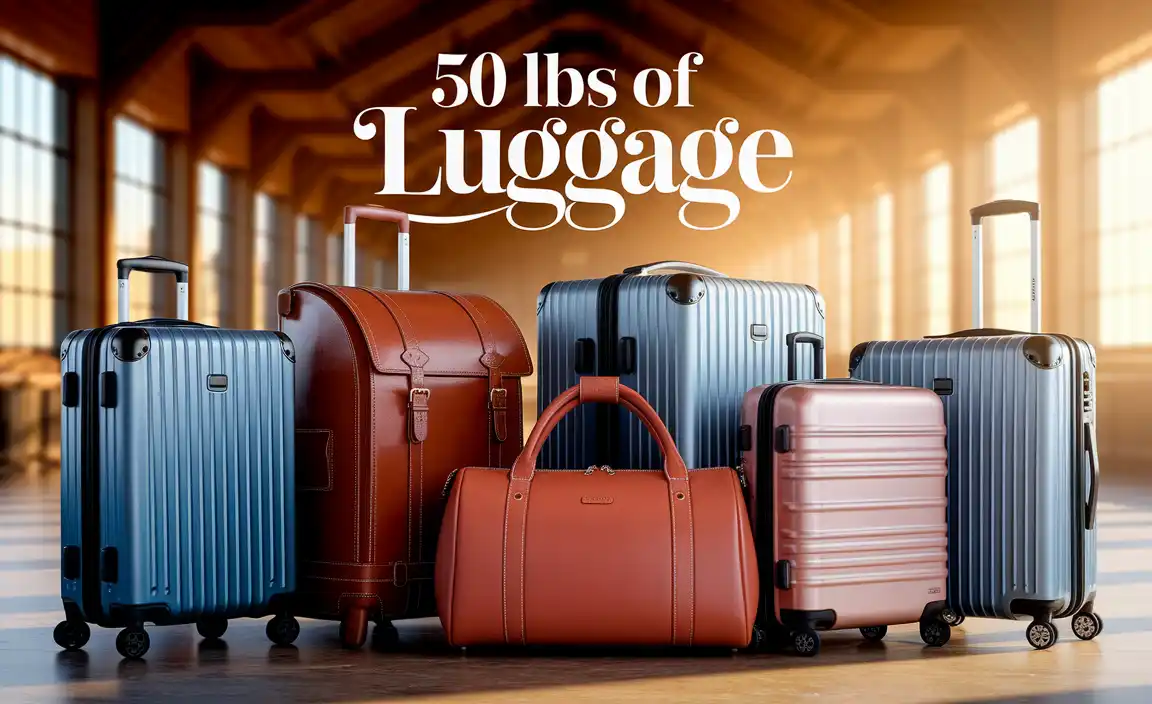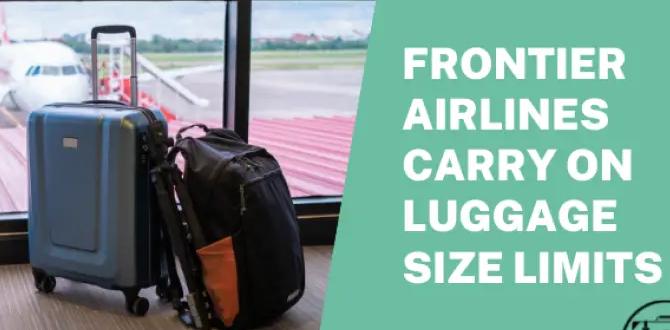Traveling can be a stressful experience, especially when it comes to packing. As a traveler, you want to ensure that you have everything you need for your trip, but at the same time, you want to ensure that you follow all airport regulations.
One item that often causes confusion among travelers is glue. Here we will discuss the topic on “can you take glue on a plane” and all the TSA regulations surrounding carrying glue on a plane.
We’ll also dive into different types of adhesives and their restrictions for air travel. Whether you need to pack super glue, hot glue guns, or even Rogaine foam, we have you covered. Additionally, we will provide tips for properly packing glue to avoid leaks or spills and suggest alternatives to more travel-friendly traditional adhesive products.
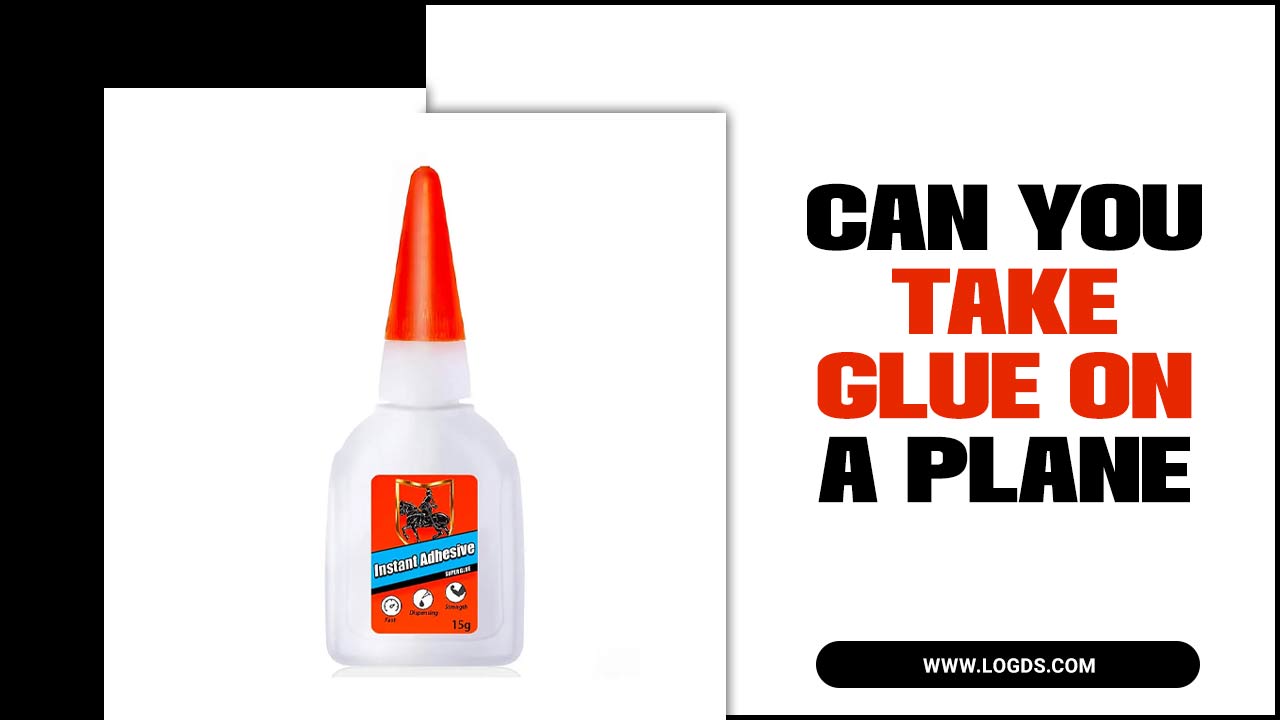
Can You Take Glue On A Plane? – Know The Rules
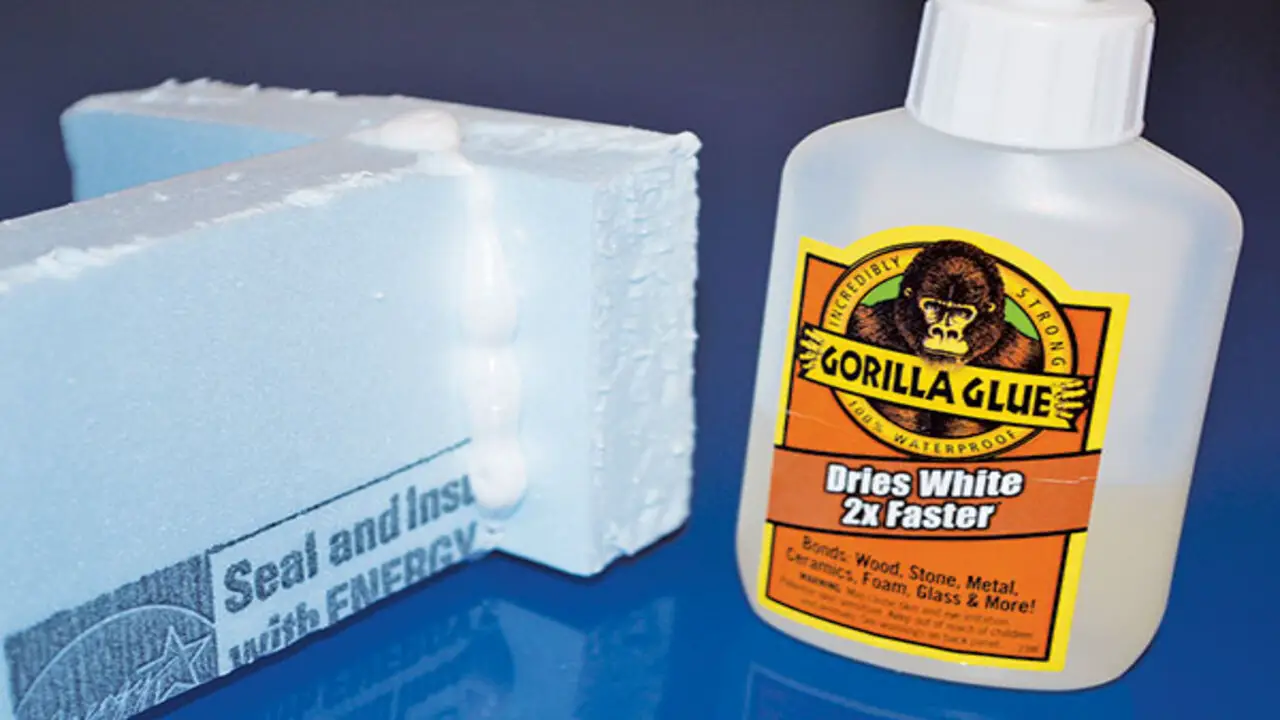
Yes, you can bring glue on a plane. However, there are some restrictions and guidelines that you should be aware of. According to the TSA (Transportation Security Administration), liquid adhesives like glue are generally consent in carry-on bags as long as they adhere to the 3-1-1 rule.
This means the container holding the glue must be 3.4 ounces (100 milliliters) or less and placed in a clear, quart-sized bag along with other liquids, gels, and aerosols. Some specific types of glue may be considered hazardous materials and have additional restrictions, which is also worth noting.
Before traveling, it’s always best to check with your airline or the TSA to ensure you follow their guidelines and regulations regarding bringing glue on a plane. Below we discuss more on this topic “can you take glue on a plane”.
Different Types Of Glue And Their Restrictions For Air Travel
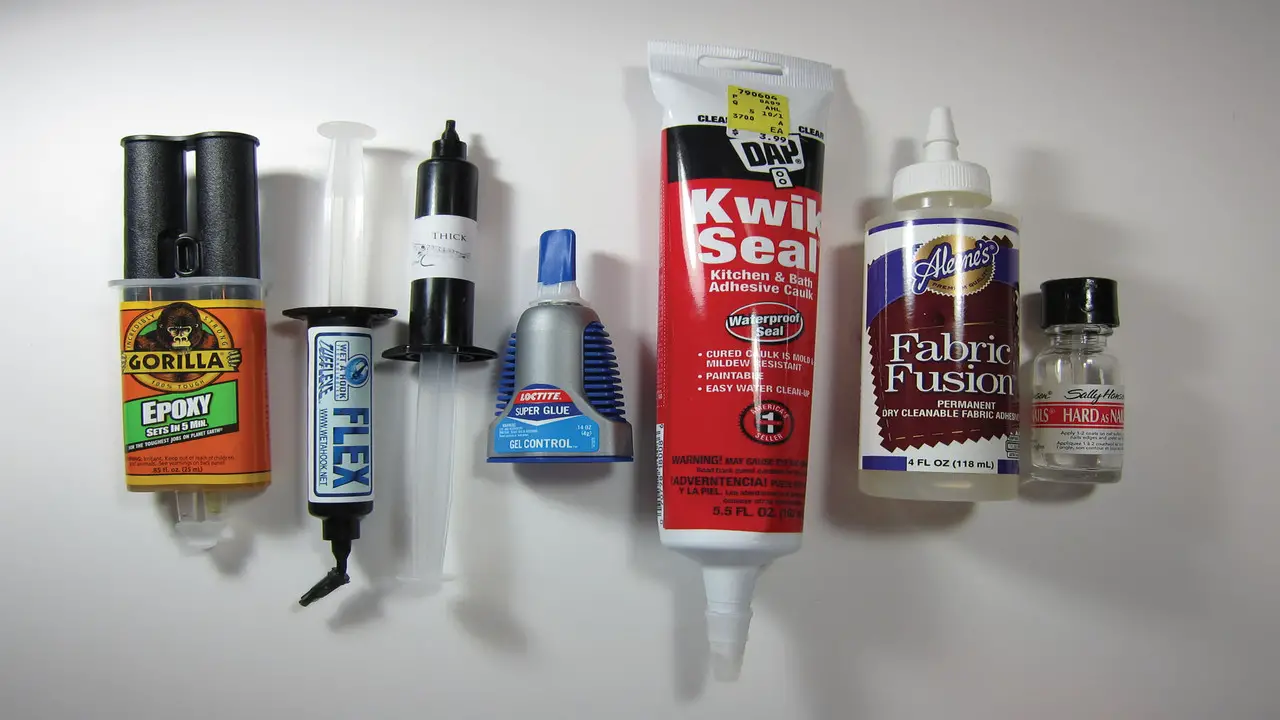
When traveling by plane, the airline imposes certain restrictions on what items passengers can bring on board. Knowing the restrictions and regulations is important when taking glue on a plane. Different types of glue may have different rules for air travel. Here are some common types of glue and their restrictions:
- Liquid Glue: Most liquid glues are considered liquids or gels, falling under the TSA’s 3-1-1 rule. This means they must be in containers of 3.4 ounces or less, and all containers must fit in a single quart-sized clear plastic bag.
- Gel Glue: Gel glues are also considered liquids or gels and must follow the same 3-1-1 rule.
- Super Glue: Super glue is typically allowed in checked luggage and carry-on bags. However, it is always a good idea to check with the airline or TSA before traveling to ensure there are no specific restrictions.
- Epoxy Resin: Epoxy resin is generally allowed in checked luggage and carry-on bags. However, we recommend securely packing it to prevent leaks or spills.
- Hot Glue Gun: Hot glue guns are typically allowed in checked luggage but not carry-on bags due to the heating element. It is best to check with the airline beforehand, as some may have specific rules or restrictions.
It is important to note that these guidelines may vary depending on the airline and country you are traveling to, so it is always a good idea to check with your specific airline before packing any type of glue in your luggage.
Adhesive Products That Consent In Carry-On Luggage
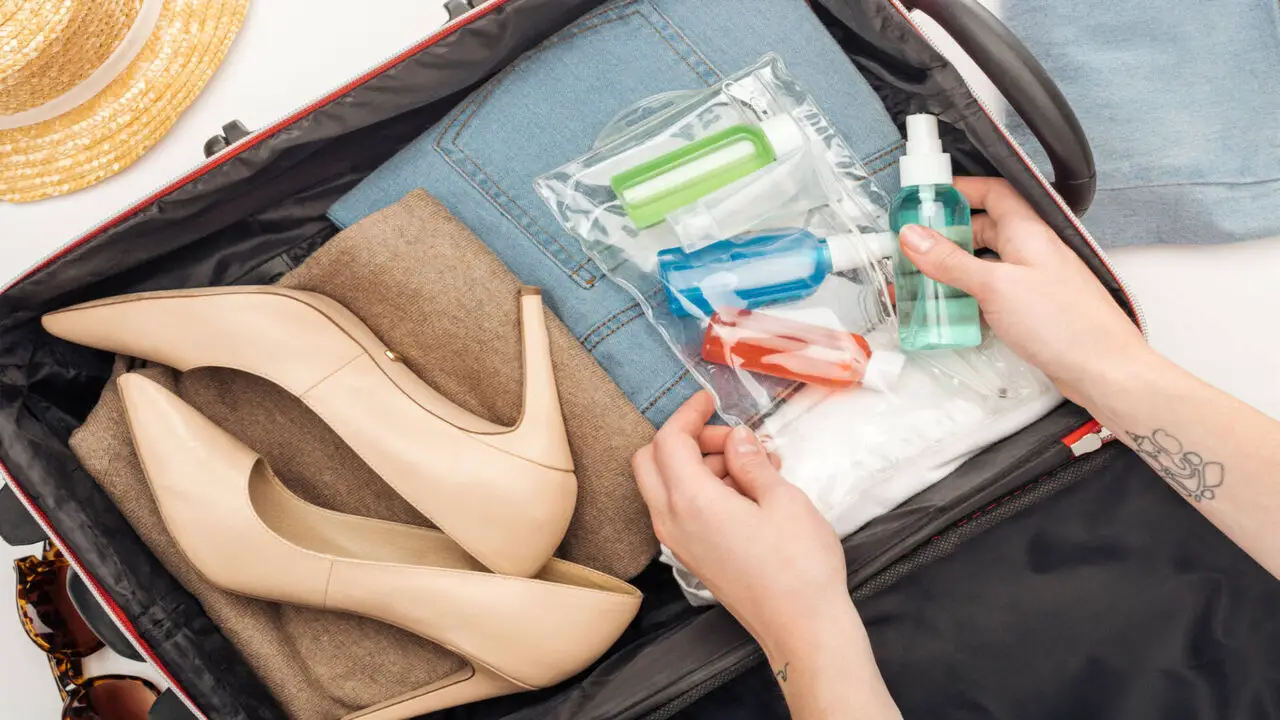
Regarding adhesive products, not all are suitable for carry-on luggage due to security restrictions. However, some adhesive products are in your carry-on bag. Here are a few examples. It is important to note that the size and quantity of these items may be subject to specific airline regulations, so it’s always a good idea to check with your airline before packing them in your carry-on bag.
- Clear tape: Small rolls of clear tape are generally permitted in carry-on luggage.
- Glue sticks: Typically, people allow solid glue sticks, such as those used for crafts or school projects.
- Adhesive bandages: Pack Band-Aids and other adhesive bandages in your carry-on bag.
- Sticky notes: Usually, people are permitted to have small packs of sticky notes or index flags.
Adhesive Products That Are Only Allowed In Checked Baggage
When traveling with adhesive products, knowing the restrictions and regulations regarding their transportation is important. While some adhesive products consent in carry-on and checked baggage, certain types are only in checked baggage. Here are some examples of adhesive products that can only be packed in checked baggage:
- Flammable adhesives: Due to safety concerns, passengers must pack adhesives that contain flammable materials, such as aerosol adhesives or flammable glues, in checked baggage.
- Large quantities of liquid adhesives: If you need to transport a large quantity of liquid adhesive, it may exceed the limit for liquids in carry-on baggage. You should pack it in checked baggage instead in this case.
- Industrial-strength adhesives: Specific regulations require transporting some industrial-strength adhesives, which may be considered hazardous materials. Checking with your airline or the relevant authorities before packing these adhesives is best.
Always check the latest guidelines from your airline or transportation authority to ensure compliance with their specific rules and regulations regarding adhesive products.
Tips For Packing Glue Properly To Avoid Leaks Or Spills
When packing for a flight, knowing what items consent and prohibited in your carry-on and checked luggage is important. Generally, liquids, gels, and aerosols are subject to strict regulations. When traveling with glue, it’s important to pack it properly to avoid leaks or spills. Here are some tips to help you pack glue for your flight:
- Use a sealable plastic bag: Place the glue bottle or tube in a plastic bag to prevent leakage.
- Double-check the container: Ensure the glue container is tightly sealed before packing it. Consider using tape or an extra layer of protection around the cap.
- Wrap it in clothing or towels: To provide additional cushioning and absorb potential leaks, wrap the glued container in clothing or towels.
- Pack it in your checked luggage: It’s generally recommended to pack glue in your checked luggage rather than your carry-on bag, as there may be restrictions on liquid items in your carry-on.
- Follow airline regulations: Check with your airline for specific liquids and hazardous materials regulations before packing glue.
By following these tips, you can ensure that you securely pack your glue and prepare it for travel without any unwanted leaks or spills.
Alternatives To Classic Adhesive Products For Travel Purposes
When it comes to travel, adhesive products can be incredibly useful for a variety of purposes. However, several options are available if you’re looking for alternatives to classic adhesive products. Here are some alternatives to consider. Exploring these alternatives allows you to find creative solutions for your travel needs without relying solely on traditional adhesive products.
- Velcro: Velcro strips or dots can secure or attach items to surfaces.
- Zip ties: You can use zip ties as a versatile option to secure items and easily cut or remove them.
- Safety pins: Safety pins can fix clothing or temporarily secure items together.
- Rubber bands: Rubber bands can be handy to bundle or hold items in place.
- Command hooks: Command hooks are removable adhesive hooks that can hang lightweight items without damaging surfaces.
- Binder clips: Binder clips can hold papers and other small items together.
Precautions To Take When Traveling With Glue To Ensure Compliance With Airline Rules And Regulations
When traveling with glue, it is important to take certain precautions to ensure airline rules and regulations compliance. First and foremost, research the specific rules and regulations of the airlines you will be traveling with. Review the TSA guidelines to understand the restrictions on carrying glue on a plane.
Pack adhesive products in accordance with the size and quantity limitations set by the airline and TSA. Label your glue containers clearly and follow any additional labeling requirements. Lastly, keep documentation, such as the product label or manufacturer’s material safety data sheet (MSDS), readily available.
Carry-On Vs. Checked Luggage: Where To Pack Your Glue?
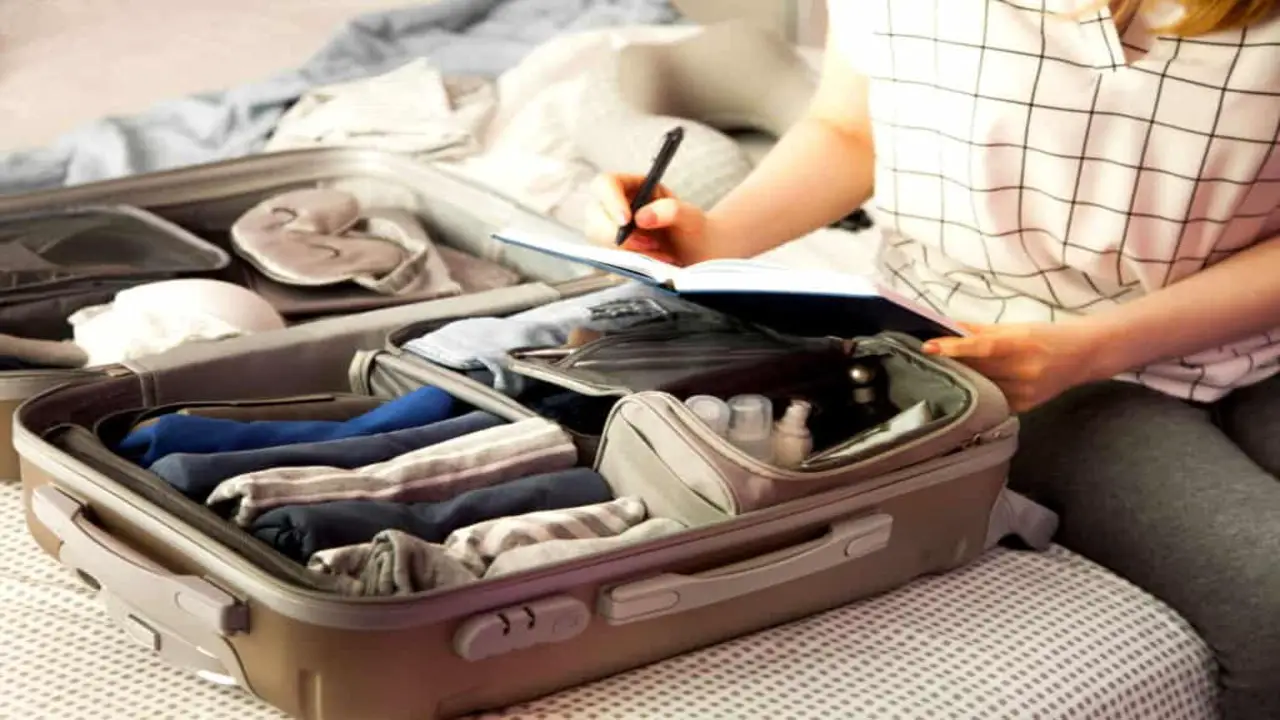
When traveling with glue, knowing the rules and regulations regarding what you can bring on a plane is important. Generally, both carry-on and checked luggage allow small amounts of glue. However, we recommend packing glue in your checked luggage if possible.
Liquid adhesives like super glue or epoxy may be subject to the TSA’s 3-1-1 rule for liquids in carry-on bags. According to this rule, you must store all liquids in containers no larger than 3.4 ounces (100 milliliters) and place them in a clear, quart-sized bag.
Additionally, certain glue manufacturers may consider hazardous materials and impose specific restrictions or requirements for transportation. It is always best to check with the airline or refer to the TSA website for the most up-to-date guidelines before packing glue in your luggage.
Which Airline Allow Glue On A Plane
The rules can vary depending on the airline when taking glue on a plane. Please note that you should always check with your specific airline before traveling to ensure compliance with their regulations, as these policies are subject to change. Here are some major airlines and their policies regarding glue:
- Delta Airlines: You can carry glue in both carry-on and checked baggage in a container that does not exceed 3.4 ounces (100 ml).
- American Airlines: The TSA permits small amounts of glue in carry-on luggage if they comply with the 3-1-1 liquid rule. You should pack larger containers of glue in checked baggage.
- United Airlines: You can carry glue in your carry-on bags in a container that does not exceed 3.4 ounces (100 ml), and you need to place all liquids in a clear, sealable bag.
- Southwest Airlines: The TSA permits small amounts of glue in carry-on luggage if they comply with the 3-1-1 liquid rule.
Which Airline Don’t Allow Glue On A Plane
When bringing glue on a plane, it’s important to check the specific policies of the airline you will be flying with. While many airlines allow small amounts of glue in carry-on bags, some may have restrictions or prohibitions. Here are some examples of airlines that do not allow glue on a plane:
- United Airlines: United Airlines does not allow glue, including adhesive putty or sticky tack, in either carry-on or checked baggage.
- British Airways: British Airways does not permit glue in either carry-on or checked baggage.
- Air Canada: Air Canada does not permit glue in carry-on baggage but allows it in checked luggage.
It’s always best to check with your airline before your flight to ensure you comply with their specific regulations regarding glue and other potentially hazardous materials.
Conclusion
To ensure a hassle-free travel experience, it is important to understand the rules and regulations regarding carrying adhesive products on a plane. Different types of glue have different restrictions when it comes to air travel. While some adhesives consent to carry-on luggage, others must pack in checked baggage.
Properly packing your glue is also important to avoid leaks or spills during transit. However, consider alternatives to traditional adhesive products for your travel needs to avoid the hassle.
By taking these precautions and adhering to airline rules and regulations, you can safely and confidently bring glue on your next flight. We have provided bulk information on the topic “Can you take glue on a plane” We hope our information was helpful from your perspective.
Frequently Asked Questions
1.Can I Take Nail Glue On An Airplane?
Ans: Nail glue falls under the category of liquids according to TSA guidelines. You limit to 3.4 ounces or 100 milliliters. Remember to pack it in a clear, sealable plastic bag with other liquids and check with your airline for specific rules.
2.Can I Take Gorilla Super Glue On A Plane?
Ans: You cannot bring Gorilla Super Glue in carry-on or checked baggage because it is hazardous. However, you can bring small quantities of glue (less than 3.4 ounces/100 milliliters) in your carry-on bag. Pack it in a clear plastic bag and declare it during screening. Always check airline and TSA guidelines before packing adhesive products for air travel.
3.How Much Glue Can You Take On A Plane?
Ans: The amount of glue allowed on a plane depends on the type. Liquid adhesives must be in containers holding 3.4 ounces or less. Solid adhesives, like glue sticks, do not have to comply with the liquid limit, but you must pack them in a clear plastic bag. Check your airline’s regulations before packing glue.
4.What Glue Can I Bring In My Hand Luggage?
Ans: When carrying adhesive products in your hand luggage, remember some rules. Small amounts of liquid glue (less than 100ml), solid glue sticks, and dry adhesives like tape consent. Always check with your airline for any specific restrictions, and remember to pack adhesive products in a clear, resealable plastic bag for security screening.
5.What Glues Are Not Allowed On A Plane?
Ans: The airline prohibits flammable adhesives like superglue and certain epoxy or contact adhesives on a plane. However, the airline always recommends checking beforehand, but they generally permit water-based or solvent-based glues in checked luggage.


